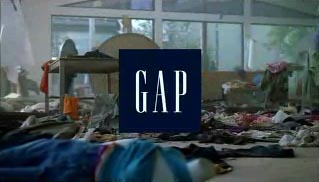I came across some amazing photos of the F-117 Stealth Fighter today. They were taken at the Royal International Air Tattoo in 2002 in England.

From the site:
The F-117 is a little bigger than the initial impression you get—it’s about the same size as an F-15 Eagle. It has a whole range of tricks to make it stealthy, starting with the dark, low contrast paint scheme which makes it so difficult to see at night (or photograph during the day), it’s covered in radar-absorbent materials and its very shape is intended to deflect radar away from the radar station. Its two jet engines are quiet and produce very little smoke, and the outlets from the engines, visible at the rear of the aircraft, mix cool air with the hot exhaust to reduce the type of heat signature that a heat-seeking missile could lock on to. The unusual “butterfly” tail is designed to shield the exhausts so missiles can’t see them.
See some more cool F-117 Stealth Fighter photos at RIAT 2002. If this topic interests you, you might want to check out Richard Seaman’s index of airshow photographs.


